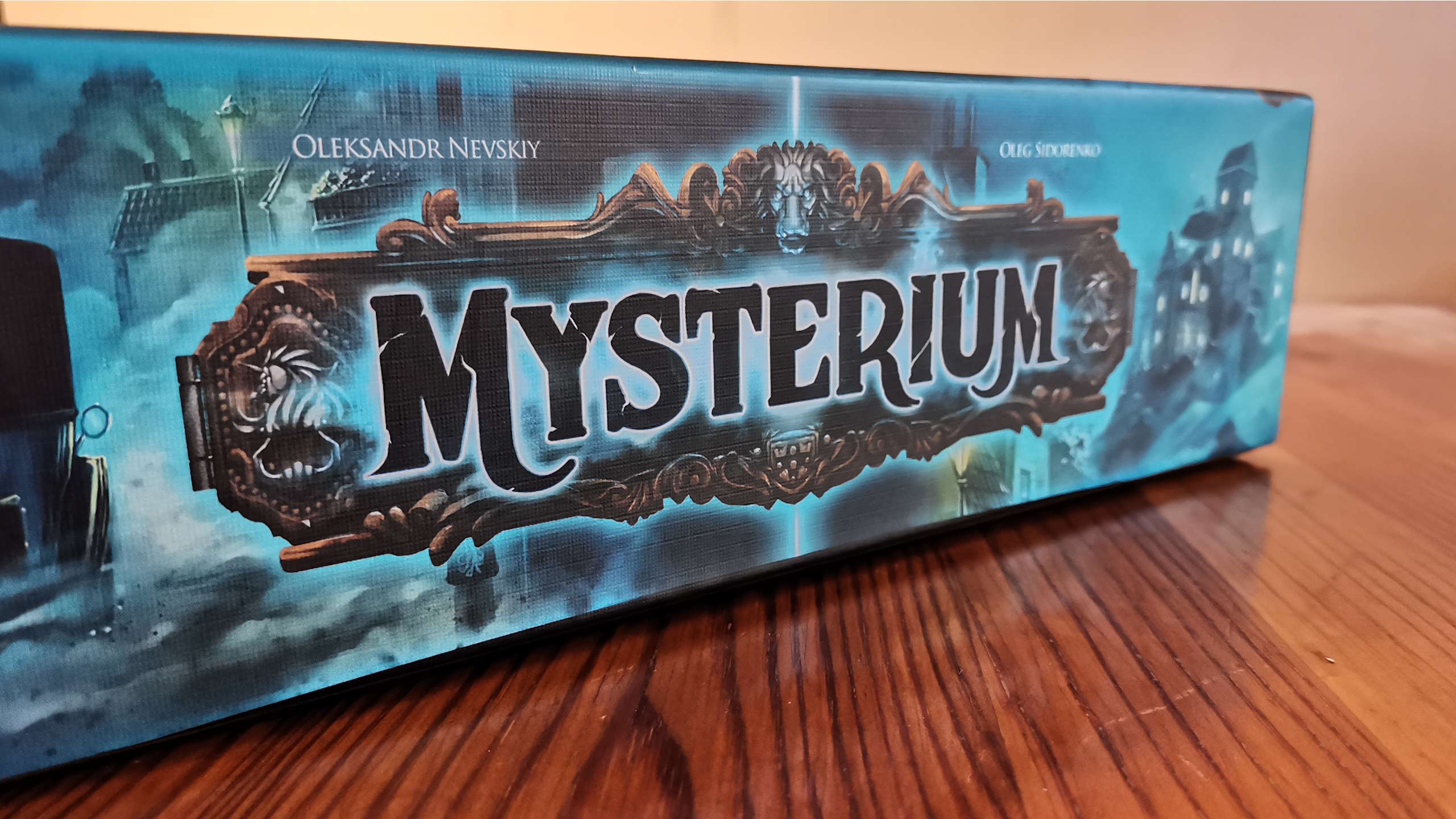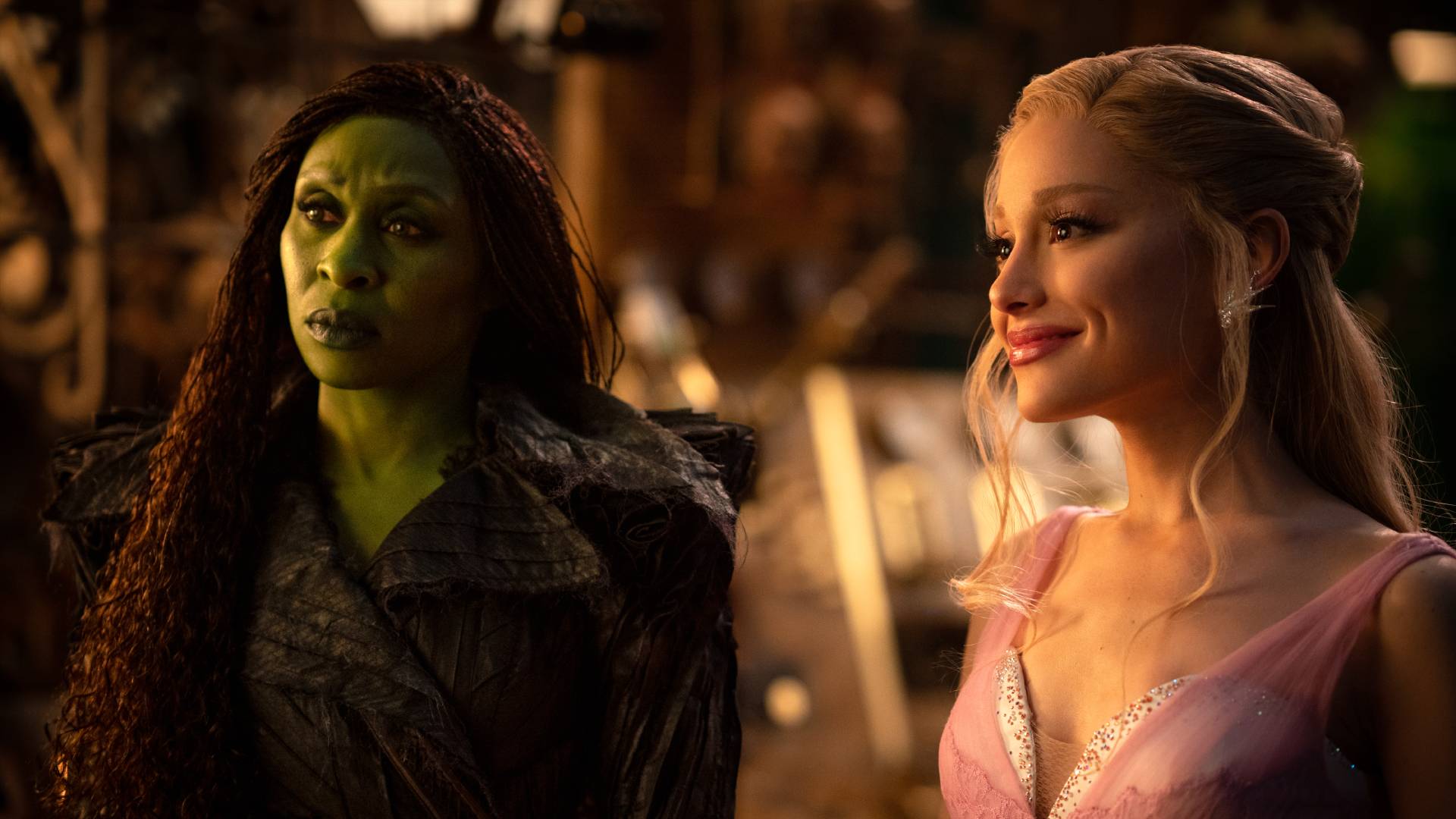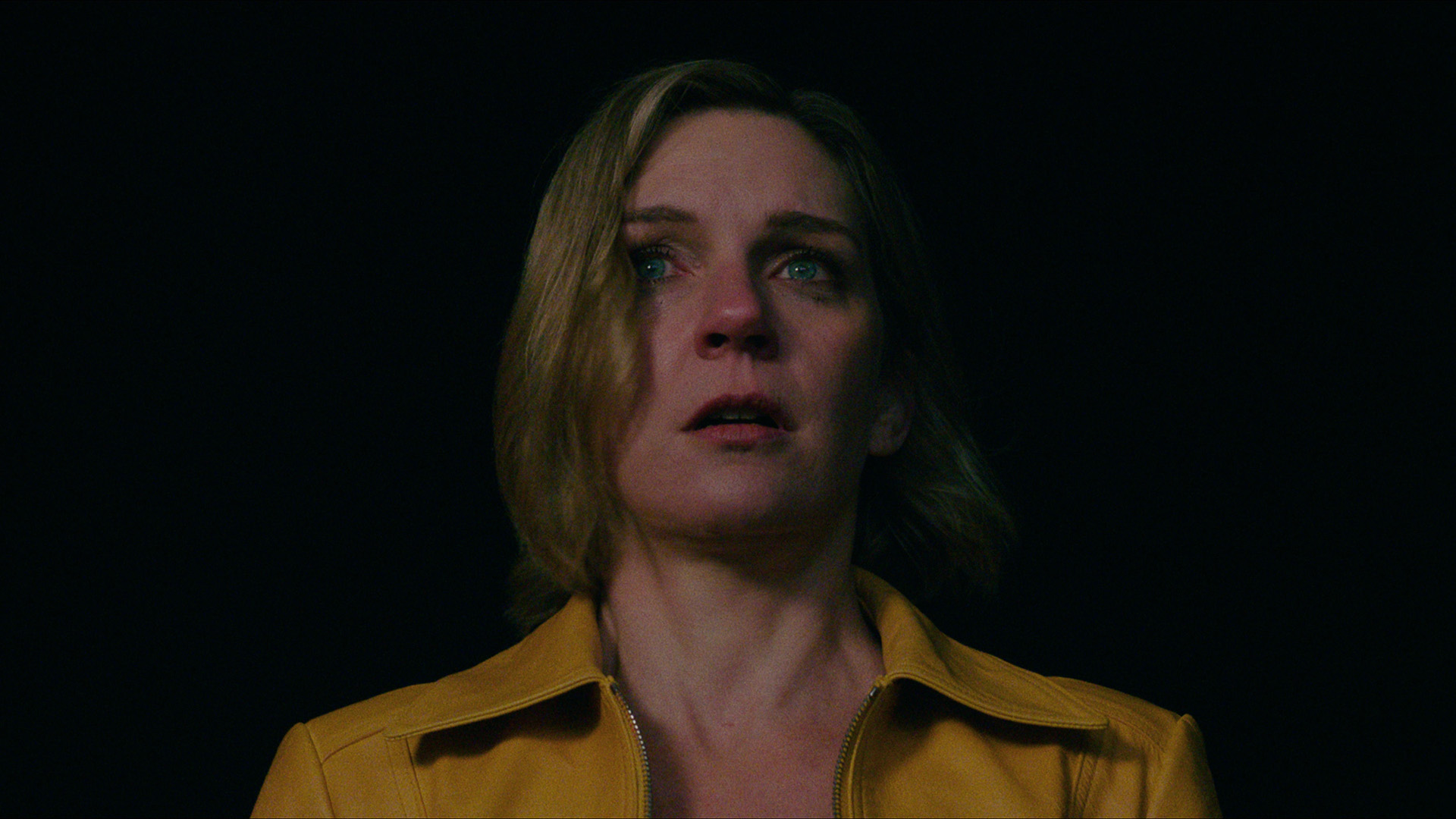PSA: These two hidden Ghost of Yotei settings give the action absurd levels of aura
Now Playing | As someone who rolled my eyes at Kurosawa mode, the levels of sauce provided by Miike and Watanabe modes have made me regret my words and my deeds
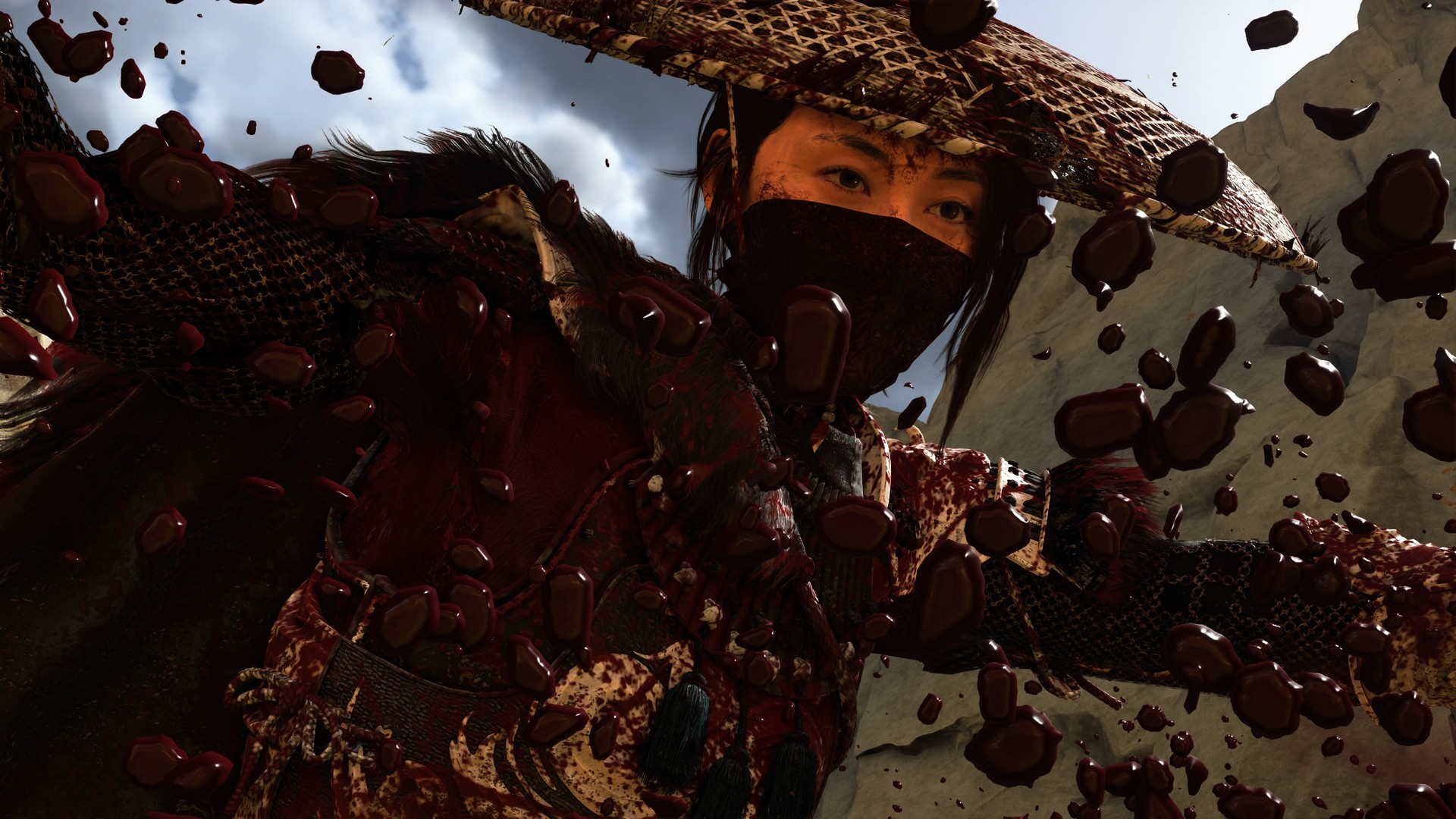
I'm loving Ghost of Yotei so far. As someone who thought Ghost of Tsushima was gorgeous but a bit sparse, Ghost of Yotei has really gotten its hooks on me from its snappy intro how its beautiful world constantly has something new to stumble upon. It's one thing we loved in our Ghost of Yotei review. But the real discovery I've made is something about myself – that though I am sometimes a born hater, I do have the capacity to find love. And what I love is combining lo-fi beats with bucket loads of blood and gore.
That's right, Sucker Punch Productions finally got me by doubling down on Ghost of Yotei's director modes. The first game features a Kurosawa mode that gives it a black and white filter, which returns here. But for games so vibrant in color, I never understood the point in taking that defining feature away. But, rather than add onto this with more filters, Ghost of Yotei's new director modes – Miike mode and Watanabe mode – are different beasts altogether that instead alter visual effects and music. And after turning them on, I'm not sure I can play Ghost of Yotei any other way.
Lo-fi beats to slaughter to
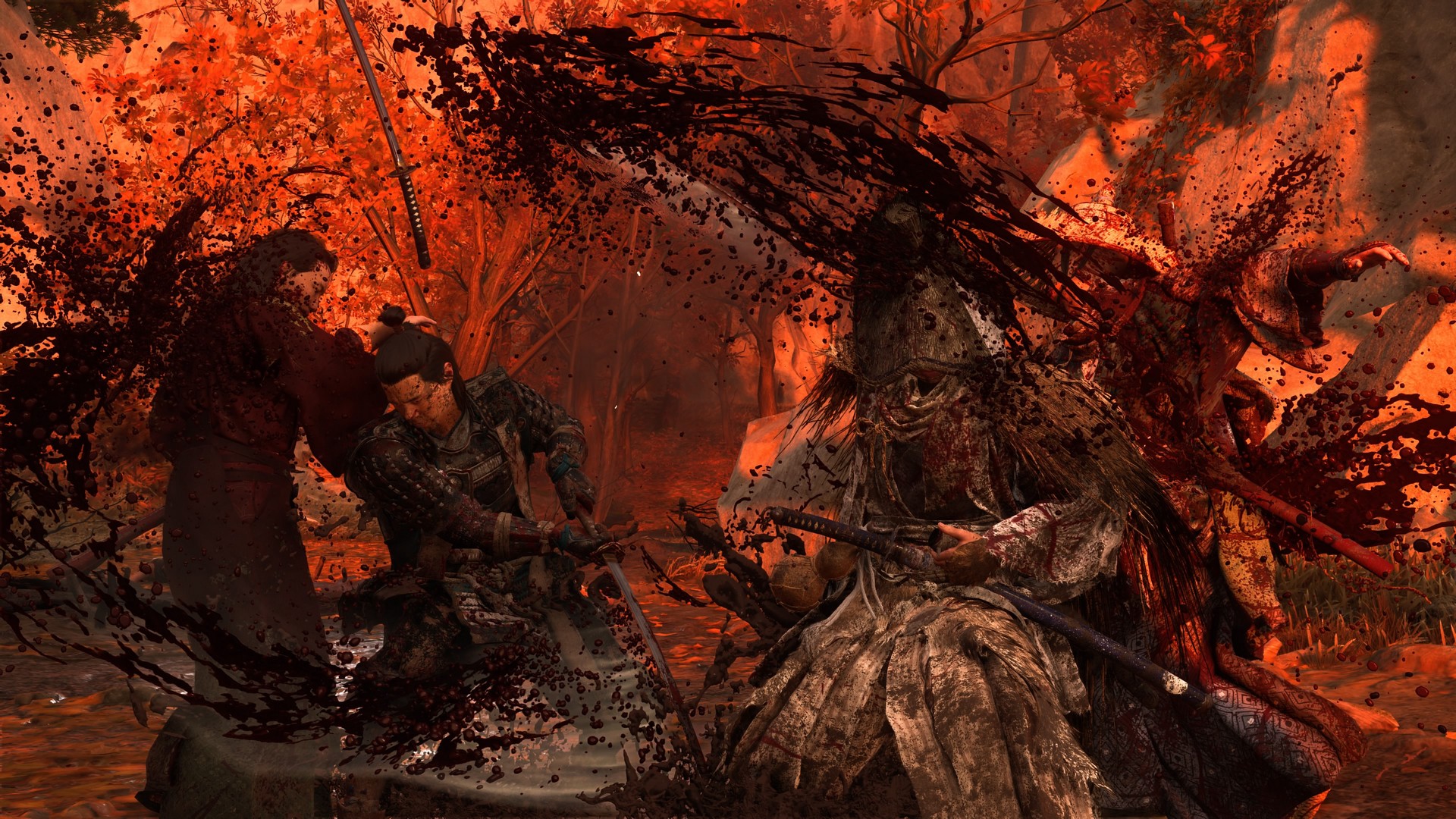
As soon as Atsu rides her horse over the ridge to return to Ezo, seeing Mount Yotei as she crests and then descends through flowing grass – I was already entranced by Ghost of Yotei's presentation. For the first hour or two, I was satisfied just taking it all in as it is. It's phenomenal. But, I do love to tweak. Soon enough, I was discovering that performance mode still looks plenty gorgeous on a PS5 Pro (I need my frames). But then I found myself also hovering over the director modes.
It's a good thing I did. I'm an instant convert. What could have been throwaway bonuses have been fine-tuned to really deliver on the promise of each new director mode. Miike mode is based on the works of Takashi Miike, who's best known for his hyper-violent movies like Audition, Ichi the Killer, and 13 Assassins (and also the underrated Ace Attorney adaptation, of course).
Dialling up the amount of blood and mud specifically, this is more than a few extra spurts, but a true drenching. It's almost ludicrous. Walk through a mud path and it's like geysers erupt from your footsteps. Behead an enemy? You better be ready for multiple bursts of thick and gloopy claret to go flying.
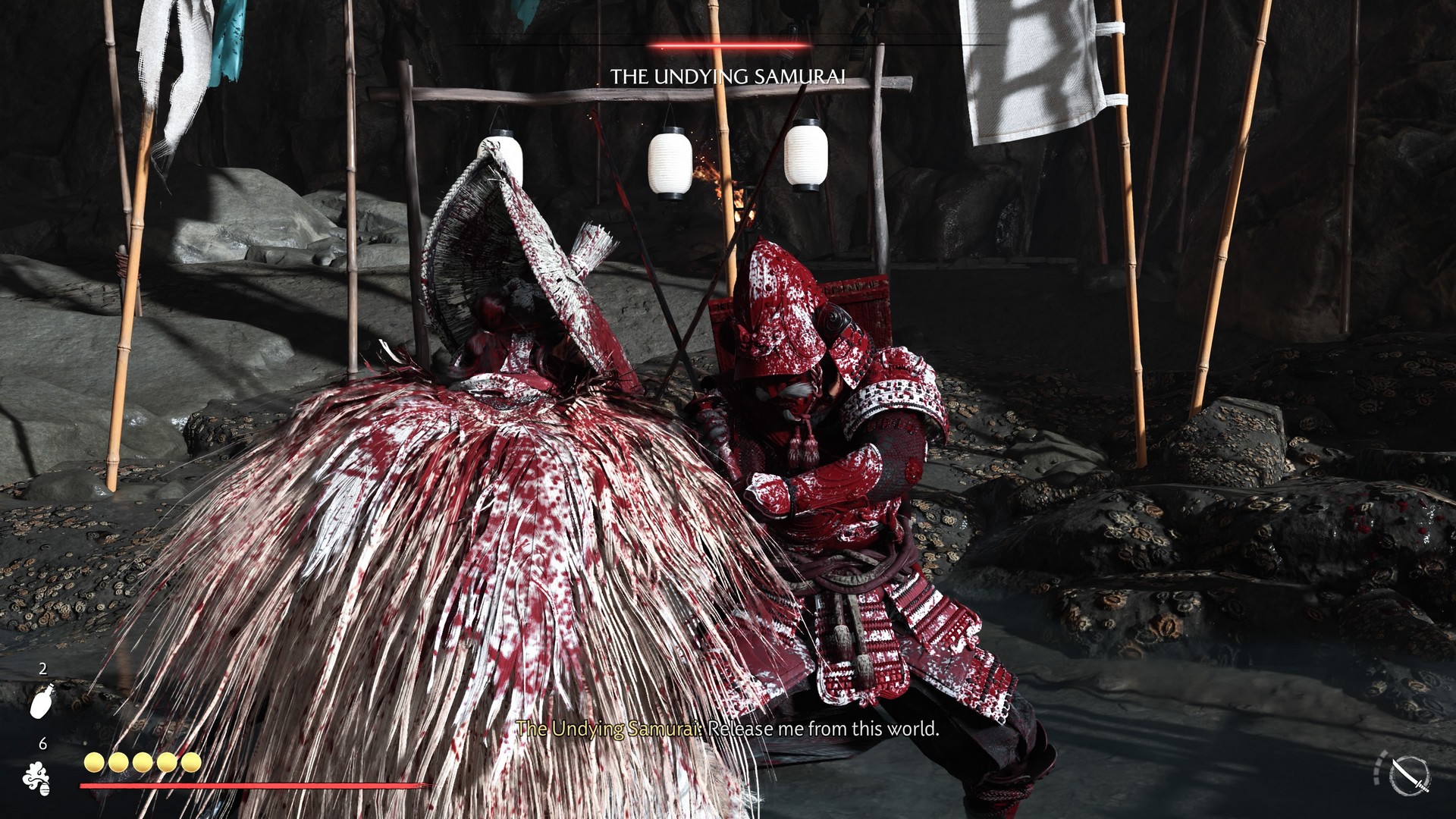
Watanabe mode, on the other hand, is an audio adjustment rather than visual effects. Based on the works of anime director Shinichirō Watanabe. Best known for the likes of Cowboy Bebop and Samurai Champloo, music is deeply entwined in his portfolio, so this mode introduces a lo-fi soundtrack to Ghost of Yotei supervised by Watanabe himself.
Rather than just feeling like you're playing Ghost of Yotei with lofi hip hop radio beats to relax/study to in the background, the soundtrack is deeper than that, and genuinely reactive. Moments of exploration have their own lofi palette that feels chill, but then the beat kicks in a smidge heavier when you initiate a duel against enemies. A lot of work has gone into making this feel like a genuinely viable alternate soundtrack, and rather than taking up all the space it weaves in and out so it doesn't take away from tailored moments.
Weekly digests, tales from the communities you love, and more
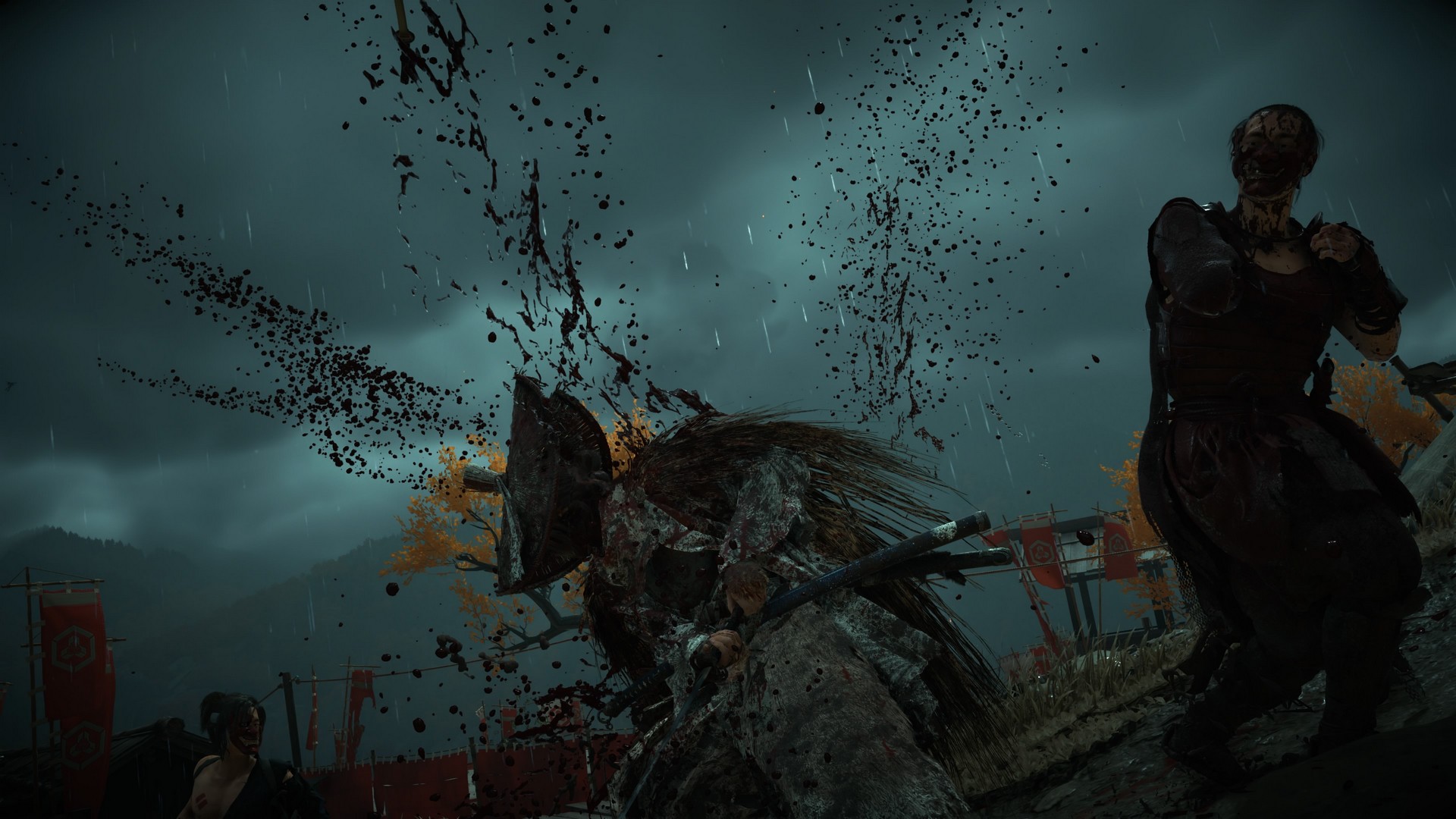
The music doesn't clash with the violence.
But I didn't just say I like Miike mode and Watanabe mode individually. I love them both being switched on at the same time. The hyper-violent fights I dive into, drenching enemies in so much blood their white robes almost instantly turn block red and the white armor I've equipped on Atsu is frequently streaked with gore, are all scored by bopping lo-fi tunes. The music doesn't clash with the violence, but rather complements it, each director mode being well judged enough to supplement the rest of Ghost of Yotei's action that they can also support each other.
Sure, they do both take Ghost of Yotei to the edge of being simply ridiculous, but not quite over it. The result is actually just hyper-stylization in a game that already feels like, through its gorgeous and colorful visuals, like it goes in that direction anyway. At the very least, I implore you not to cursor across the modes and leave them unticked – try them. Try them both together. I don't think you'll look back.
Check out our best PS5 games list for what to play next!

Games Editor Oscar Taylor-Kent brings his years of Official PlayStation Magazine and PLAY knowledge to the fore. A noted PS Vita apologist, he's also written for Edge, PC Gamer, SFX, Official Xbox Magazine, Kotaku, Waypoint, and more. When not dishing out deadly combos in Ninja Gaiden 4, he's a fan of platformers, RPGs, mysteries, and narrative games. A lover of retro games as well, he's always up for a quick evening speed through Sonic 3 & Knuckles or yet another Jakathon through Naughty Dog's PS2 masterpieces.
You must confirm your public display name before commenting
Please logout and then login again, you will then be prompted to enter your display name.
